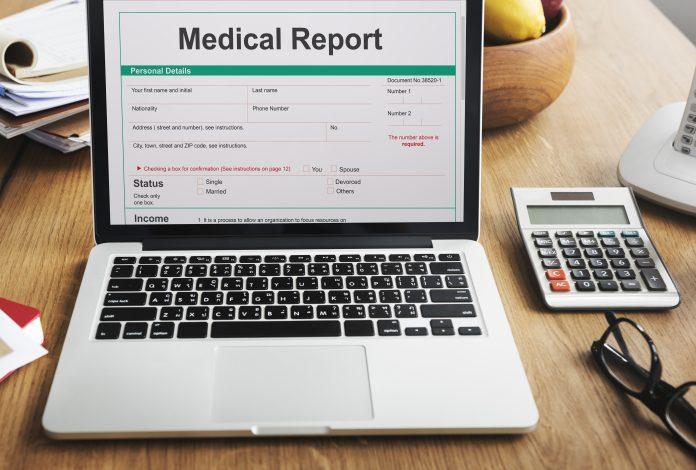You’ve been wondering how artificial intelligence and machine learning could make accounts receivable recovery smarter. Well, you’ve come to the right place. In this blog, we’ll explore the ways AI and ML are revolutionizing AR recovery processes by automating tasks and improving insights.
Automating manual tasks
The most basic uses of AI and machine learning in AR involve automating repetitive manual tasks. For example:
- Document classification. An ML model can be trained to read invoices, statements, and other documents and correctly classify them for data entry into your system. This eliminates the need for data entry personnel.
- Data extraction. Similarly, ML can extract essential information like invoice numbers, amounts due, and due dates from documents, saving data entry time.
- Reminder generation. AI systems can monitor accounts and automatically generate overdue notices and payment reminders when invoices age past a certain point, enhancing the efficiency of accounts receivable in healthcare.
These automated tasks free up your employees to focus on higher-value work, such as analyzing accounts, negotiating with demanding customers, and developing new strategies. This ultimately contributes to an enhanced AR recovery process.
Improving recovery insights
More advanced uses of AI can provide insights that improve your recovery success rates. For instance:
- Predicting customers at risk of non-payment. ML techniques can analyze patterns in past customer payment history combined with credit scores and other data to identify which current customers are most likely to become delinquent or default. You can then prioritize follow-up.
- Clustering accounts by recovery strategy. ML can group similar overdue accounts based on factors that predict their response to different recovery approaches, allowing you to customize your strategy for maximum effectiveness.
- Identifying causes of nonpayment. AI can detect patterns across accounts that provide clues to systemic issues causing nonpayment, helping you develop targeted solutions.
In summary, AI and ML are already helping organizations automate manual AR tasks and gain valuable insights that translate into faster payments, lower write-offs, and higher AR recovery rates. With the right strategies in place, these technologies could supercharge your own AR operation, enhancing efficiency through automation, predictive analytics, and process optimization within accounts receivable in healthcare.
The Accounts Receivable Challenge in Healthcare
The healthcare industry faces unique challenges when it comes to collecting payments from patients and insurance companies. Healthcare providers have to navigate a web of insurance plans, government programs, and patient payments, leading to a high volume of complex claims and bills to track, often with long ar recovery cycles.
Managing accounts receivable (AR) is crucial for healthcare organizations to maintain financial health, but it requires specialized knowledge and resources. The longer an account goes uncollected, the less likely the total amount will be recovered. Healthcare providers need an efficient way to determine patient responsibility, verify insurance coverage, and follow up on unpaid balances.
Complex Insurance Rules
With hundreds of insurance providers and thousands of plans, determining correct patient payments can be tricky. Coding procedures properly and obtaining correct patient insurance information upfront is key. However, insurance plans are constantly changing their coverage rules, procedure codes get updated, and patients may have multiple active plans. Keeping up with these changes to ensure claims are processed correctly the first time is challenging, particularly in the realm of accounts receivable in healthcare.
Government Regulations
Healthcare providers work with various government programs, like Medicaid and Medicare, each with its own rules around billing and collections. Failure to follow the rules can result in delayed or denied payments, fines, or loss of participation in programs. However, staying on top of regulation changes and adequately training staff requires significant time and resources for effective ar recovery.
Patient Payments
Even after insurance, patients are often responsible for deductibles, copays, and other out-of-pocket costs. However, healthcare is expensive, and patients don’t always pay on time or in full. Providers need to determine fair payment plans, follow up appropriately, and know when to involve collections agencies while still providing compassionate care.
Leveraging technology like AI and machine learning can help healthcare organizations overcome these challenges by automating complex processes, optimizing workflows, and gaining data-driven insights for effective AR recovery. This can free up staff to focus on patient care and enable a better experience for all.
How AI and Machine Learning Can Revolutionize AR Recovery
Automating Repetitive Tasks
Many AR tasks like data entry, billing, and payment processing involve repetitive, routine work that can easily be handled by AI. Automating these mundane tasks will free up employees to focus on more meaningful work that leverages their skills and expertise.
Personalized Patient Experiences
AI has the potential to transform the patient experience through personalized care plans and proactive monitoring. Using data from devices like fitness trackers and smart scales, AI can gain insights into patients’ health and habits to suggest customized treatment options and lifestyle changes tailored to their needs.
AI can also closely monitor patients for signs of relapse or health risks so staff can intervene early, contributing to effective accounts receivable recovery in healthcare.
Optimizing Operational Efficiency
AI and machine learning thrive on the large amounts of data in the healthcare industry. By analyzing trends in areas like patient volume, length of stay, and staffing requirements, AI can help optimize scheduling, resource allocation, and workflow efficiency. For example, AI may determine the optimal nurse-to-patient ratio or identify peak admission periods so leadership can adjust staffing levels accordingly.
Enhancing Diagnosis and Treatment
Machine learning algorithms can detect patterns in massive amounts of data that humans alone may miss. By analyzing a patient’s symptoms, medical history, test results, and other health records, AI may identify a diagnosis or treatment option a doctor did not initially consider, contributing to effective ar recovery. AI can also analyze imaging scans and detect anomalies more accurately than the human eye alone. While AI will not replace physicians, it can provide an additional tool to support better clinical decision-making.
